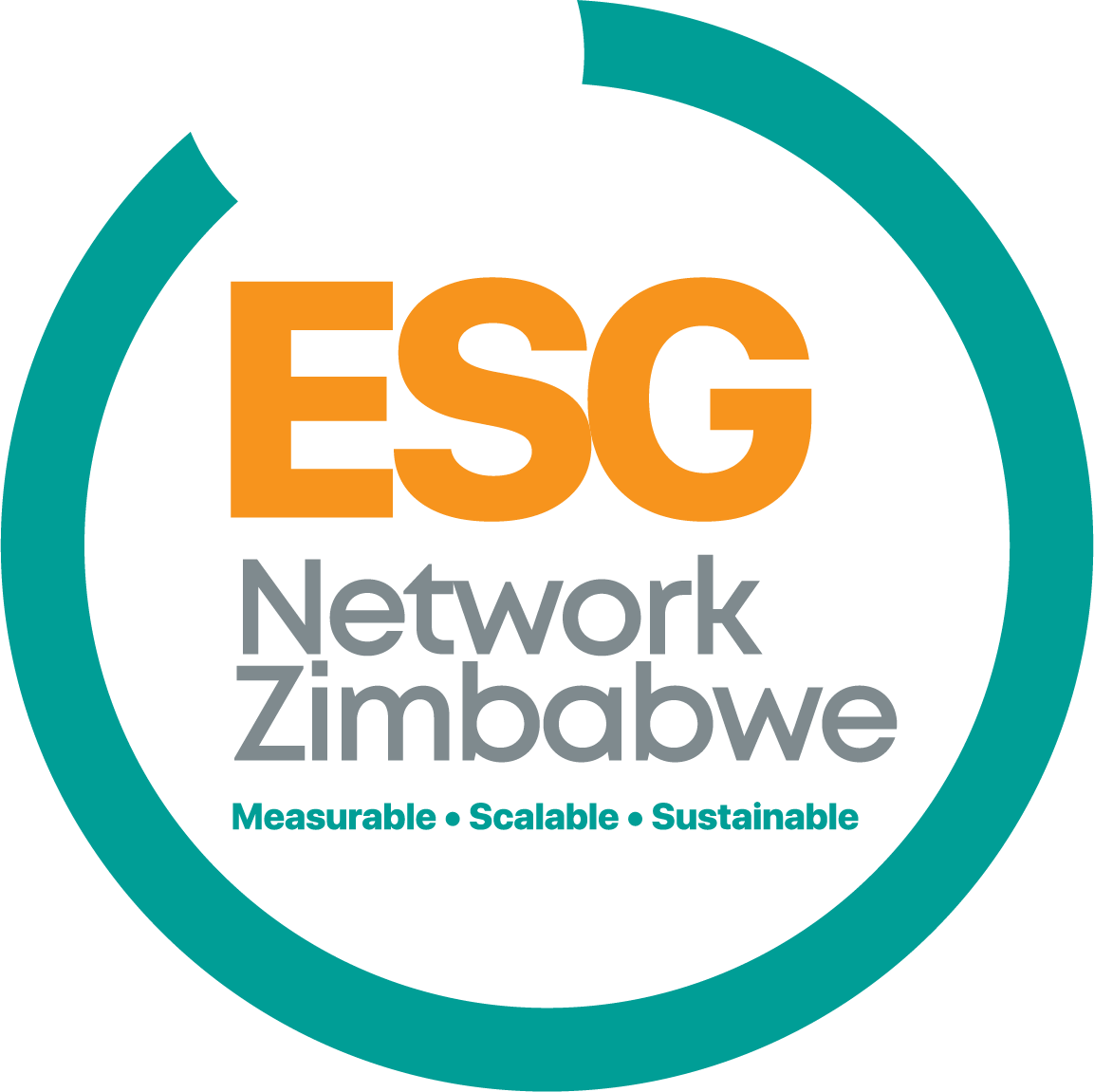Choosing ESG objectives, performing an ESG materiality assessment and undergoing an ESG audit require the involvement of numerous executives and departments in an organization. It’s a multistep process. Key steps include the following:
- Complete an ESG materiality assessment to identify, understand and prioritize the issues that create the most critical risks and opportunities that impact the organization’s operations and performance.
- Determine which framework or standards the enterprise will use for ESG assessment, reporting and auditing. “All that will impact the audit because what’s material to the company is what will be audited,” Beers said.
- Detail the metrics needed for reporting the organization’s ESG risks and strategy, including metrics required by regulators and stakeholders.
- Implement effective controls to ensure that the data used to measure and report on ESG issues is accurate and complete and that its accuracy and completeness are documented and can be demonstrated to auditors. “Establish really good governance over the reporting of that information,” McGowan advised.
- Implement board oversight of the information being reported, given the attention ESG information is getting from investors and regulators. “Board oversight brings rigor and discipline,” McGowan said.
- Perform an audit readiness assessment to review processes, procedures and governance to ensure they’re being followed and to test controls.





